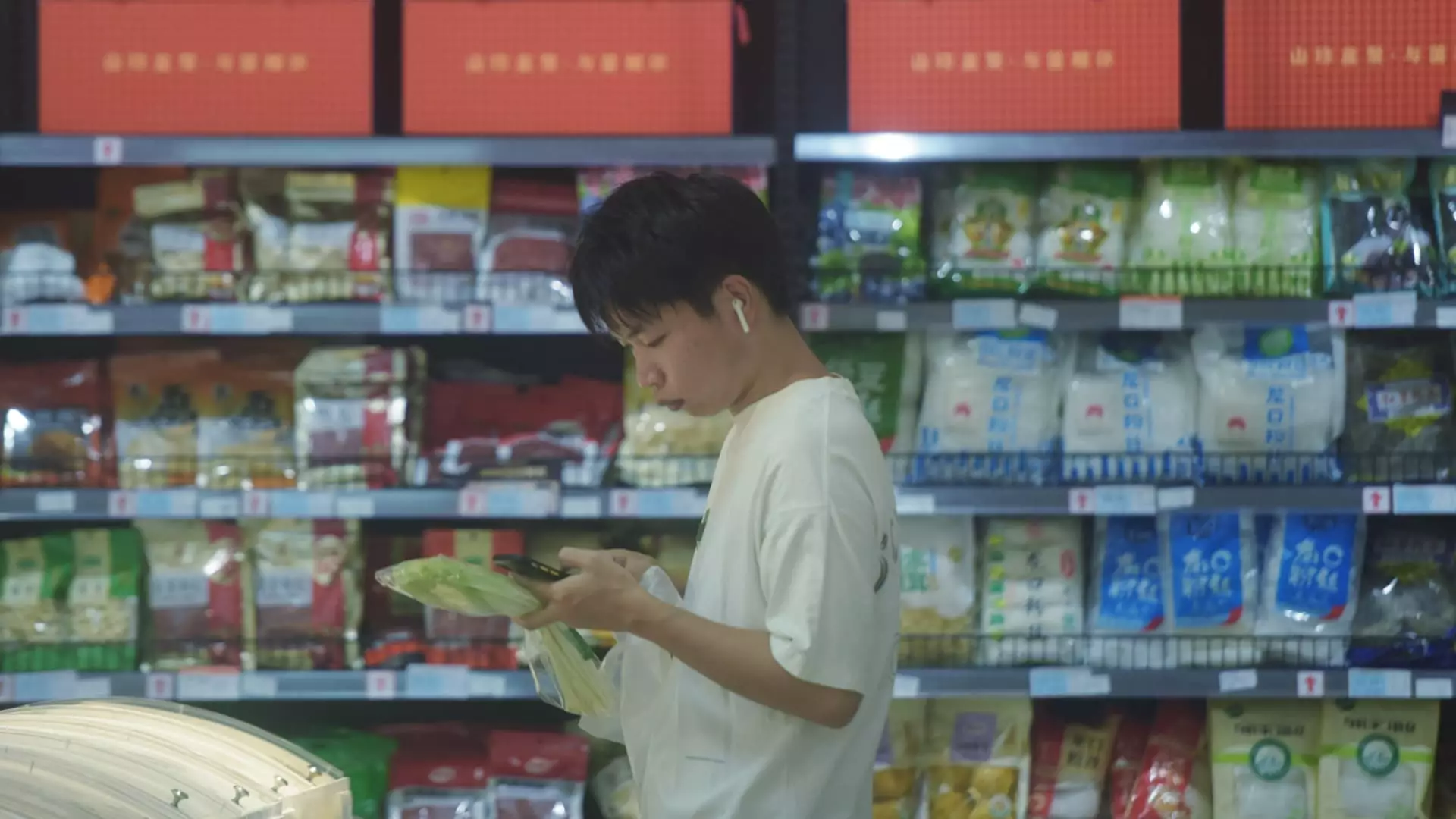Recent data released by the National Bureau of Statistics indicates that China’s economy is facing a period of subdued growth. In August, key performance indicators such as retail sales, industrial production, and urban investment are all reported to have increased at a pace slower than anticipated. This trend raises concerns about the sustainability of the recovery, as analysts had expected a more robust rebound following previous economic disruptions.
Retail sales, a critical marker of consumer confidence and economic health, grew only by 2.1% year-over-year in August, falling short of economists’ forecasts of a 2.5% increase. This represents a decrease from the 2.7% uptick recorded in July. Such disappointing figures reflect a broader hesitance among consumers to spend, potentially stymied by uncertainties surrounding job stability and the rising cost of living. The gradual nature of recovery in consumer spending could signify deeper issues within the domestic market that need addressing for sustainable growth.
While industrial production saw a 4.5% increase in August, this figure also disappointed relative to the 4.8% forecast from analysts. The gradual decline from July’s growth rate of 5.1% suggests that industrial sectors may be wrestling with challenges that hinder more accelerated growth. Similarly, fixed asset investment rose by just 3.4% in the January-August period, again underwhelming expectations for a 3.5% increment. The sluggish growth in both industrial production and fixed investment may indicate a sluggish recovery in manufacturing and infrastructure projects, which are often vital for stimulating overall economic activity.
Accompanying these growth metrics is an uptick in the urban unemployment rate, which rose to 5.3% in August, compared to 5.2% in July. Officials have partly attributed this rise to seasonal factors like graduation, emphasizing the ongoing struggle to secure employment in a challenging economic environment. Youth unemployment, particularly concerning given its exponential rate of 17.1%, underscores greater systemic issues that pose a threat to social stability. The National Bureau of Statistics warns that external factors adversely affecting the economy are on the rise, complicating the potential for recovery.
While exports showed a commendable increase of 8.7%, imports saw a mere 0.5% rise, which signals a potential imbalance in trade and raises concerns regarding domestic demand. The consumer price index presented a meager 0.6% increase from the previous year, falling short of expectations and reflecting potential deflationary pressures. This imbalance between exports and imports, coupled with disappointing consumer price growth, may point towards a struggling domestic economy that requires significant strategic revitalization.
As China prepares for upcoming festivities and looks towards the future, it remains vital that policymakers address the economic sluggishness head-on. Continued challenges in domestic consumption, investment, and rising unemployment necessitate a recalibration of strategies to lift economic growth. Without significant interventions and a focus on bolstering both consumer and industrial confidence, the risk of prolonged underperformance looms large on the horizon. The need for structural reforms is pressing if China intends to navigate through the complexities of the current economic landscape and secure a more resilient recovery.

